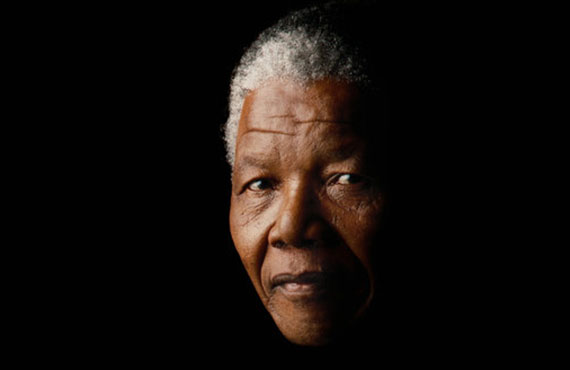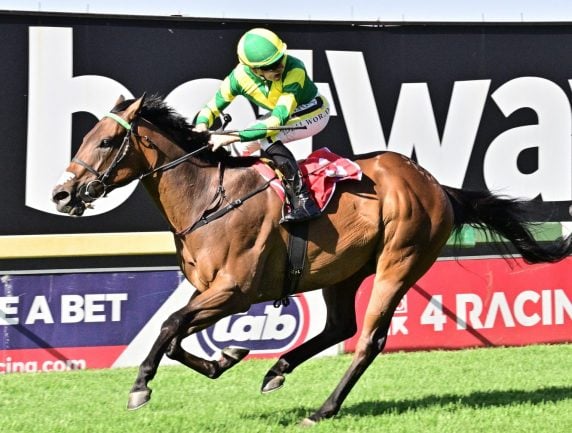Nelson Mandela, who led the emancipation of South Africa from white minority rule and served as his country’s first black president, becoming an international emblem of dignity and forbearance, died Thursday night. He was 95.
Nelson Mandela had long said he wanted a quiet exit, but the time he spent in a Pretoria hospital this summer was a clamor of quarreling family, hungry news media, spotlight-seeking politicians and a national outpouring of affection and loss.
Celebrate Nelson Mandela’s life and take a walk through this wonderful archive of an icon of freedom
He ultimately died at home at 8:50 p.m. local time, and he will be buried according to his wishes in the village of Qunu, where he grew up.
Nelson Mandela’s quest for freedom took him from the court of tribal royalty to the liberation underground to a prison rock quarry to the presidential suite of Africa’s richest country. And then, when his first term of office was up, unlike so many of the successful revolutionaries he regarded as kindred spirits, he declined a second term and cheerfully handed over power to an elected successor, the country still gnawed by crime, poverty, corruption and disease but a democracy, respected in the world and remarkably at peace.









